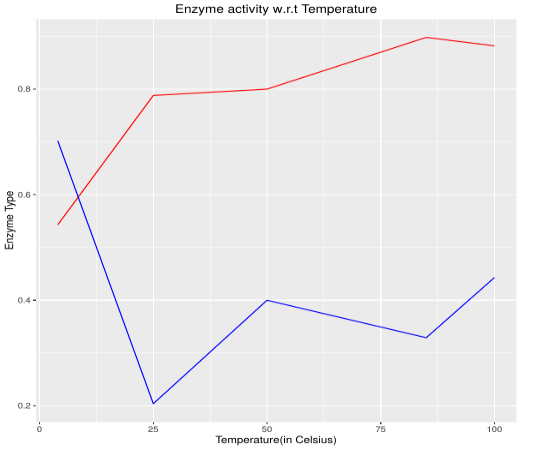

#WRITE GRAPH R PDF#
To save a plot as pdf we do the following. R graphs support both two dimensional and three-dimensional plots for exploratory data analysis.There are R function like plot(), barplot(), pie() are used to develop graphs in R language. The most commonly used graphs in the R language are scattered plots, box plots, line graphs, pie charts, histograms, and bar charts. Zooming on the image will not compromise its quality. R language supports a rich set of packages and functionalities to create the graphs using the input data set for data analytics. The beauty of vector image is that it is easily resizable.

We can save our plots as vector image in pdf or postscript formats. bmp(file="saving_plot3.bmp",įinally, if we want to save in the tiff format, we would only change the first line to tiff(filename = "saving_plot3") tiff(file="saving_plot3.tiff",

#WRITE GRAPH R CODE#
The following code saves a bmp file of size 6x4 inch and 100 ppi. Similarly, we can specify the size of our image in inch, cm or mm with the argument units and specify ppi with res. png(file="C:/Datamentor/R-tutorial/saving_plot2.png", The following code saves a png file with resolution 600x350.
#WRITE GRAPH R FULL#
We can also specify the full path of the file we want to save if we don’t want to save it in the current directory. We can specify the resolution we want with arguments width and height. The resolution of the image by default will be 480x480 pixel. This will save a jpeg image in the current directory. Please note that we need to call the function dev.off() after all the plotting, to save the file and return control to the screen. To save a plot as jpeg image we would perform the following steps. R language supports a rich set of packages and functionalities to create the graphs using the input data set for data analytics. We will use the temperature column of built-in dataset airquality for the remainder of this section as example. They have a fixed resolution and are pixelated when zoomed enough.įunctions that help us save plots in this format are jpeg(), png(), bmp() and tiff(). Most of the image we come across like jpeg or png are bitmap image. Ive found the need to convert tidygraph/igraph objects into a node and edge csv, to visualize in gephi quite often. It is important to know that plots can be saved as bitmap image (raster) which are fixed size or as vector image which are easily resizable. We can save these plots as a file on disk with the help of built-in functions. We then pass it to the function curve() for plotting it.All the graphs ( bar plot, pie chart, histogram, etc.) we plot in R programming are displayed on the screen by default. In the following function call, we define an external R function called "eqn" that returns the value of the expression $sin(x)+cos(x)$ for a given x. We have to define an external R function implementing the equation and pass itĪs a parameter to curve(). The other parameters like xlab, ylab, col, lwd, main have their usual meaningĪn equation defined outside the curve() can be passed asĪ parameter to it. N is an integer that represents the number of points (values of x) equally The last points of the range of independent parameter x. Two number parameters called from and to that represent the first and

Specifically, these are ACF plots and I would like to be able to write all of these graphical plots to a file.
#WRITE GRAPH R WINDOWS#
In the R environment a graphics windows pops open and flips through all 2134 graphical plots while the script is running. The expression is written using theįormat for writing mathematical operations in R In R, I have a script which generates 2134 graphical plots. The important parameters of the function curve() used in this call are as follows:Īn mathematical expression as a first parameter.


 0 kommentar(er)
0 kommentar(er)
